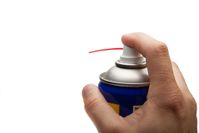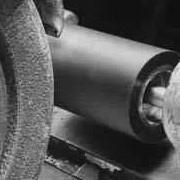Reducing Industrial Wear: Insights From a Machining Professional

Industrial wear occurs when the surfaces of moving industrial equipment encounter either particularly harsh environments or the surfaces of other equipment also in motion. This leads to the equipment in question being compromised at best and breaking down completely at worst. Below, the machining professionals at R. A. Heller Co. in Cincinnati, Ohio, share some insights into industrial wear and how to reduce it.
Common Types of Wear
First, it can be helpful to understand some of the more common types of wear. Friction is among the most prevalent; friction occurs via relative motion between two metal surfaces. Erosion is the removal of fragments of surface material due to repeated or continued motion.
 This differs from corrosion, which happens when a material surface has a chemical reaction to something in its environment. Abrasion is also common; it involves a harder material rubbing against a softer material and causing wear.
This differs from corrosion, which happens when a material surface has a chemical reaction to something in its environment. Abrasion is also common; it involves a harder material rubbing against a softer material and causing wear.
How to Reduce Wear
Entirely eradicating wear in machining is all but impossible since there will always be factors that are out of one's control. But reducing the likelihood of wear is possible, so long as you take some precautionary measures. These include: proper training and utilization of all equipment; staying ahead of problems by routinely checking for wear; adding lubricants and checking the levels regularly; and maintaining a consistent schedule of cleaning, maintenance, and repair.
When you notice signs of industrial wear, act quickly to best preserve your equipment, and contact R. A. Heller Co. Since 1946, they have been providing area clients with effective machining solutions, including hard chrome plating, piston rod repairs, and precision grinding. Call (513) 771-6100 or visit their website to learn more about how they can help you reduce your industrial wear; you can also visit them on Facebook or Twitter to stay up to date on important information, deals, and tips.
About the Business
Have a question? Ask the experts!
Send your question

